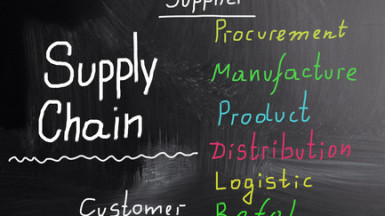#1 Globalization of Manufacturing Operations
With increasing globalization, manufacturing operations usually take place beyond borders. This heightens the need for having a global procurement network which can support and respond to a company’s supply chain needs in a timely manner. However, many chief procurement officers claim that it is becoming more and more difficult to select a strategic supplier who offers consistent global quality and local service.
#2 Safe and Quality Products
The demand for high-quality products puts increasing pressure on manufacturers, and meeting those demands is becoming a growing challenge. There is a startling rise in the percentage of product recall cases which is not only detrimental to a company’s reputation, but also proves to be expensive for the bottom-line.
#3 Lean Production
With constantly changing market trends and shorter product life cycles, companies are compelled to adopt a lean approach to manufacturing, where the goal of every production process is to create value for the end user, otherwise it should be eliminated. A lean manufacturing environment should involve a shorter lead time, lesser inventory and improved throughput. The challenge for companies is not only to identify a lean concept but devise a lean solution.
#4 Supplier Base Consolidation
Reducing the number of suppliers a company deals with can garner many benefits. A consolidated supplier base eliminates variances in inventory and reduces overheads, particularly for the supply of C-parts. The challenge is to identify a supplier who is experienced and proficient in supplier-based consolidation processes.
#5 Identifying the Right KPIs
Identifying and implementing the right KPIs to manage and operate supply chains effectively remains one of the biggest problems in supply chain management. The challenge is to find standardized metrics between supply chain segments, product lines or between different departments in a company. Furthermore, it is difficult to agree on the number of metrics to consider – how much is too much?
#6 Complexity of Supply Chains
If a company has several customer base segments and offers a variety of products to each segment, the result is a complex network of many suppliers, transporters, warehouses, factories and other partners.
#7 Prioritizing Supply Chain Improvement Strategies
Companies might be able to identify the inefficiencies in their supply chain but might still struggle in deciding which area to focus on first. It is a difficult decision for companies to prioritize the inefficiencies and deploy resources for problem solving in a sequence that will not disregard other areas.
If you want more information on how outsourcing logistics may help your business, grab your free copy of “Return on Logistics – Turning Your Supply Chain Logistics into a Competitive Advantage and Bottom Line Profits” at www.returnonlogistics.com

